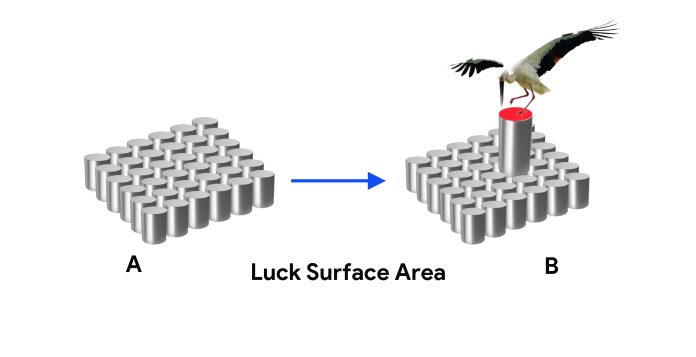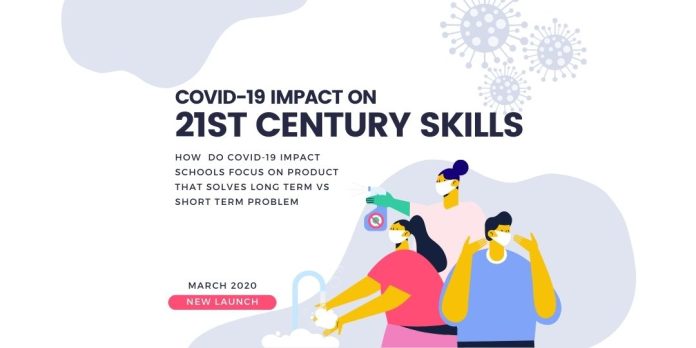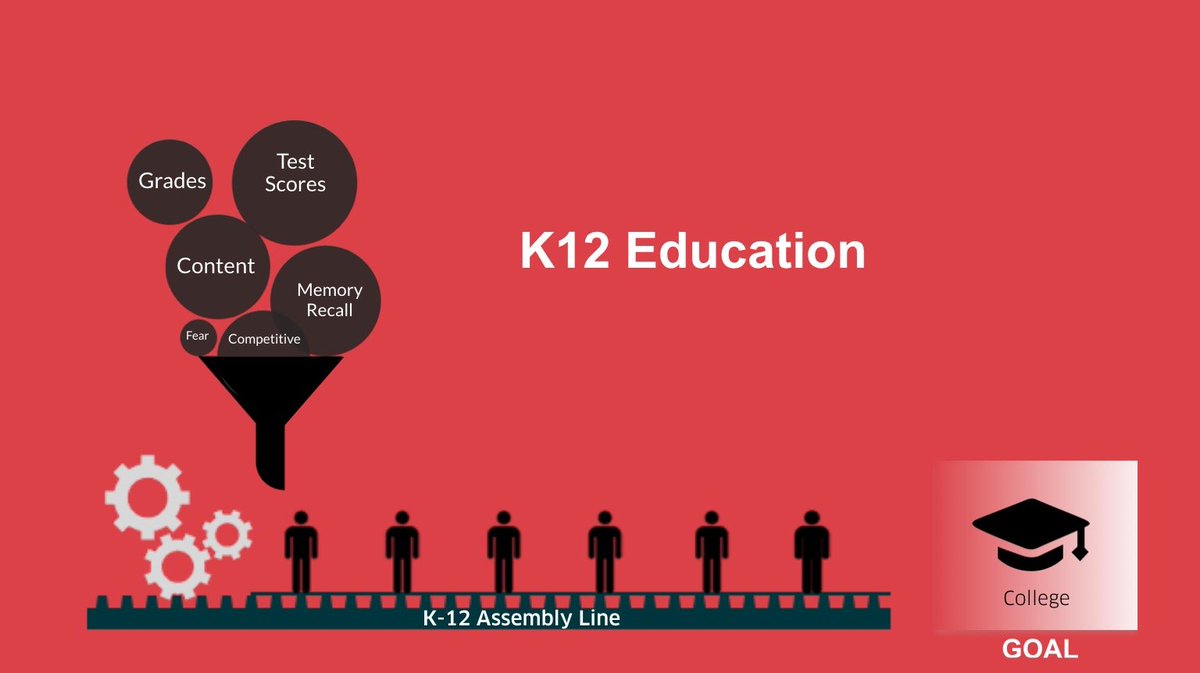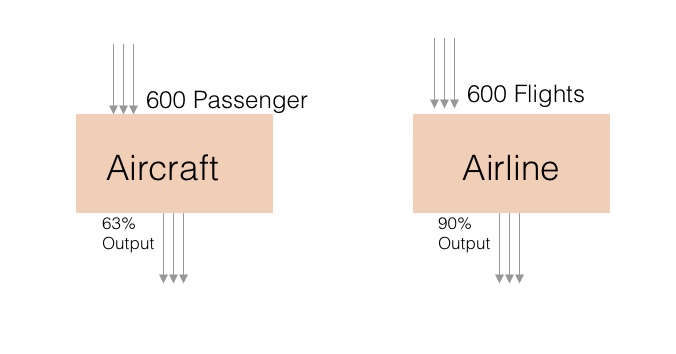Last month we wrote about how a product demo to a group of international customers, transformed Schoolze’s mission to be a K-12 School Success Platform. Since then, we have been sleeping, eating drinking, and dreaming about school success and trying to find answers to this million-dollar question – What makes a school successful?
Today, after persevering two years of building Schoolze into a fit-for-market product, we are proud to say that our experiences have given us the recipe of what truly makes a school successful (and surprise! surprise! – it is not the test-scores or grades :).
This blog post is an attempt to document our journey through these findings in the last 2 years. This is also going to serve as an announcement for a 7-part blog post series we will publish during this month that will detail findings from our quest. Let’s begin –
2016 – Classroom productivity Our journey started when my son became a preschooler and his teacher needed some help in communicating with the preschool parents. A small web app I built as a side project quickly became a classroom productivity web app that grew into many local classrooms and engaged parents in a way teachers never experienced before! This prompted me to do more research on the area of parental engagement and that led to the discovery that parental disengagement is one of the top three problems in US K-12 education and is responsible for increasing the high school dropout rate. This discovery led me to convince my long-term colleague and now co-founder, Nirmal, and we quit our jobs to launch Schoolze as the first research-based parental engagement platform for schools. It started with classroom tools first and subsequently led to school and School PTA tools.
2016-2017 – Engagement So we collated all research from the area of parental engagement to discover overwhelmingly conclusive evidence that higher parental involvement leads to an uprise in student achievement (so far as the engagement is linked to the learning). We built Schoolze into a predictive platform that measured parental engagement based on several leading frameworks from various states and ED.gov. Nirmal had been the key orchestrator and the inventor of building Parental Engagement Index® (PEI). This was when a live experience in a 2nd-grade classroom got me thinking about the linearity of our measurement algorithm as it only included parent and teachers into the logic but left a critical component out – The student. So we came up with a more effective model that included student participation. We called it S.T.P Framework (S stands for the student). We are currently working on progressing from PEI to the STP measurement model. Late 2016 Parental Advocacy (Came from a crunch time for Schoolze) This is a hard one to pen but has to be included as a significant product direction is attributed to this experience. Mid 2016, both myself and Nirmal were maxed out as we saw our savings depleted. Just about this time, we also monetize Schoolze and got our first and second paying schools, so we knew things are starting to work, but the cash flow situation was still tight. During this hardship and a critical near-death spiral for Schoolze, we had an epiphany thinking about more than 50% of US families who have hardship as the way of life. A side note for our education entrepreneur fraternity – There are families in our neighborhoods who earn less than USD 18K a year and support school going kids. When we (ed-tech entrepreneurs) build tools for schools, we must think and build it with empathy for these families for our solutions to truly work in the schools. Here we were building a “family engagement” platform directed towards student success, but if a parent is struggling and is busy putting food on the table, or the child is coming to school without having breakfast, it is not fair on our part to expect the same level of engagement or outcome from them. This experience became a key insight that governed everything that we built in Schoolze from here on and was a significant reason we looked into Schoolze making money for school and making lots of it so that some benefit can go to these families. This incident also led us to test a new module on the roadmap called “Schoolze Parent Advocacy.” Being resource crunched, we just ran a few tests on the product and the findings were profound. We have scheduled this project to start in early 2019, and this alone can transform the K-12 funding landscape with alternate options in an unprecedented way and boost school success for every school irrespective of if they adopt Schoolze or not.
2017 – Making Money for schools In the beginning, this one came to us organically from customer feedback but later it got augmented with insights we got from the advocacy product I mentioned above. One of the things that Schoolze, as a parental engagement platform, did was allowing schools to share photos with and from parents in a secure way. As the classrooms posted event photos almost every day, by the year-end, Schoolze became an organized collection of thousands of pictures, neatly organized in chronological order. To our surprise, one school posted ~14000 pictures across the year, and some classroom posted 4-5k photos across the school year. Next thing we realized that the school was asking us to give them a way to provide those pictures to the yearbook company. Those who are familiar with the yearbook industry, it is a large 1.5 billion USD industry, and companies struggle to help schools find quality pictures for the book. We seem to have solved one of the critical needs that the sector faces every year without realizing it. Excited about the prospect of being able to monetize Schoolze for the first time, we proposed to the school to not give the pictures away but let us do the yearbook for them. Nirmal and I dropped everything and worked for three weeks straight to build a yearbook designer – and we successfully delivered yearbooks for schools, making them money in the process. Our designer, last year, grew to 3 products and this year we are adding 30+ products. This feature has developed into a full-fledged merchandise fundraising product for schools with us tied up with various white-labeled printers in the country. We also added donations and item sale to our fundraising line as Schoolze started making money for schools. Making money for Schools came as an inflection point for us. Those who sell in the education domain know how hard it is to sell to schools and to have them pay for anything as most schools are always in need of funds. Our land & expand the business model of making money for the schools has changed the conversation and has been a great addition to our mission – of making schools successful. This also gets augmented exponentially when the advocacy product comes into existence. The market size of that opportunity is large, crossing a trillion-dollar on the global landscape.
2017/18- Schoolze University Based on learning from the market and my own experience as a parent, we had made a decision early in the Schoolze journey to venture into teacher and parent education in high-impact educational & parenting areas.
The reason for this decision was the fact that kids model the behavior of adults and teachers and parents are the adults who are around kids more than 80% of their waking hours. We think it is critical for us as a society to make sure that both – the parents and the teachers, remain stress-free and grounded in the values of empathy and growth-mindset so that our kids can model the same for themselves and grow to be an inclusive generation.
Looking at the resources and the timeline, we initially decided to start working on teacher/parent education on a 4-6 years time frame subjected on how things turn out, but something happened last year that changed it and here we are, launching Schoolze University (beta) in the fall of 2018. Here is the story of how that happened.
Last year, I met Dr. Joe Mazza of UPenn Graduate School of Education, whom I got referred to by a professor of another Ivy league GSE that I’m not allowed to name. I met Joe on a trip from DC to NYC at his house in Philly, and we instantly hit it off together. He is a ninja of family engagement, and when we met, he was preparing to launch his innovative “father-engagement” family business @makerdads (check it out – it is now launched and is amazing if you want to have them in your school). After our first meeting, we met four times in the next three months during travels and conferences and talked about everything that is important for schools, while trying to figure out a way to work together with Schoolze. Joe got me convinced that we should bring in the teacher/parent education aspect sooner if at all possible to make the platform more effective and so we did.
Finally The School Success and discovery of The Context So here it was! The journey that got us to the 2018 summer break. In the processes of working with many schools, meeting terrific teachers, principals and superintendents, we have concluded that the success of a school depends on seven parameters, one of them, of course, is the one we started with – “The Engagement”. Together, these seven parameters make up what we call “The CONTEXT” of a school (named in contrast with the hyper-focused CONTENT based education today delivered in an assembly line sequence ). Schoolze, to bring success to K-12 schools at scale, has built technology to measure and enhance one or more of these seven parameters. Of these seven, Schoolze currently has a perfect handle on 1 & 2, is starting as a beta this summer on 3rd, 4th, and 5th and have no idea how to go about doing 6th and 7th (well we have some but not all). At this point, we are focusing on getting to a critical mass based on parameters 1 & 2, and we are launching 3, 4, and 5 this fall with Schoolze University. I’m pretty sure when we get to doing 6th and 7th, we will have enough resources to get some help in figuring them out. We will elaborate on all 7 of them in the subsequent posts of the series.
One last thing – we mentioned the term “school success” many times in this article but never realized that this term itself may require some repositioning. What does success even mean for a school? Is it to assist them in remembering all this academic info? Or is it preparing the kids to get into a better college? Or maybe prepare them to get a high paying job after finishing K-15? Or perhaps none of those? We think that although a great college and high paying job are great interim goals – none of them sounded like a ceiling for K-15. We know for a fact that many “best” colleges have students who suffer from depression and are unhappy and needless to say the stress “high paying” jobs are bringing leading to mental and ethical failure of people involved. So we came up with our own fresh take on what K-15 education should strive for – A new mission of education. Maybe it can still get adjusted a little, but I would like to think we are pretty close –
“The goal of K-15 education is to help each child realize his or her maximum potential, make them fearless & provide with internal & external tools to assist them in leading a happy and fulfilling life!”
I would like to invite comments on your take on our mission of K-15 education to triage and make it better.
Until next week Avneesh
Originally published July 4, 2018







 Pic. 1.
Pic. 1. Pic. 2.
Pic. 2.


